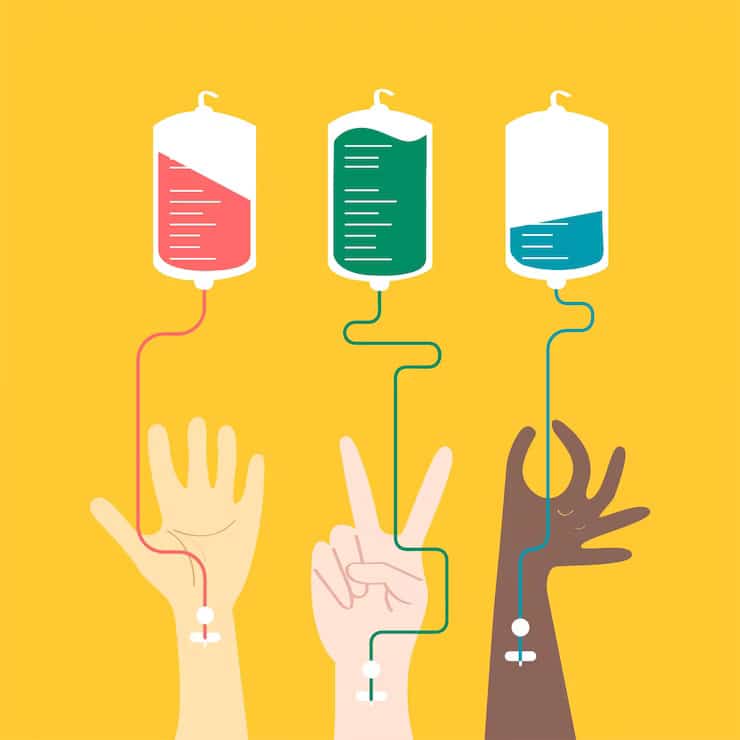When it comes to medical care, one of the most common and crucial tools at a healthcare provider’s disposal is the Intravenous (IV) drip. IV drips are used for a variety of purposes, from hydration to medication administration. The type of IV drip used can significantly influence patient care, making it critical to understand the different IV drip types available. In this article, we will explore the various types of IV drips and their specific uses in medical care.
Understanding IV Drips
An IV drip is a method of delivering fluids, medication, or nutrients directly into a patient’s bloodstream. They are typically administered through a needle or catheter inserted into a vein, hence the term ‘intravenous.’
Different IV Drip Types and Their Uses
1. Normal Saline Drip
A normal saline drip is a type of IV drip that delivers a solution of 0.9% sodium chloride at a speed set by the medical professional. This type of IV drip is used for hydration, diluting medications, and maintaining the right balance of electrolytes in the body.
2. Lactated Ringer’s Drip
This type of IV drip is used to replace fluids and electrolytes in the body. It is often used in situations of burns, surgery, or severe diarrhea. It contains several electrolytes, including sodium, potassium, calcium, and lactate, mimicking the body’s natural plasma.
3. Dextrose Drip
A dextrose drip is an IV solution containing a form of glucose. It is used to provide patients with nutrition when they are unable to eat or absorb nutrients from food. It can also be used to treat hypoglycemia (low blood sugar).
4. Heparin or Saline Lock
A heparin or saline lock is a type of IV setup that is often used when a patient needs intermittent medication over a longer period. It keeps the IV access point open for future use.
5. Blood or Blood Product Drip
This type of IV drip is used when a patient needs a blood transfusion. It could contain whole blood or specific blood products like red blood cells, platelets, or plasma.
6. Medication Drip
In this type of IV drip, specific medications are mixed into an IV fluid. This method is often used to ensure a continuous and controlled administration of drugs.
7. Chemotherapy IV Drip
In chemotherapy, powerful medications are administered to kill cancer cells. These drugs can be delivered through an IV drip to provide a controlled dosage over a specified period.
In Conclusion
IV drips are invaluable tools in modern healthcare, used to deliver a wide range of treatments from hydration to life-saving medication. By understanding the different IV drip types, you can better appreciate their importance in patient care.
However, a trained healthcare professional should always administer IV drips, given the potential for complications and the need for precise dosages. Whether you are a healthcare professional seeking to expand your knowledge or a patient wishing to understand more about your treatment, knowing the variety of IV drip types is a significant first step.
Eager to learn more about the different IV drip types and their potential benefits? The team at Vessel Longevity + IV Bar ATX are experts in the field, ready to guide you through the options best suited for your health needs. Call them at (512) 337-7722 to get all your questions answered and learn more about how their services can contribute to your health and wellness journey. At Vessel Longevity + IV Bar ATX, your well-being is their utmost priority.

